Sushi The Quintessential Taste of Japan
Sushi, the hallmark of Japanese cuisine, embodies precision, freshness, and artistry. Together with Yoshida Hotel, we delve into the world of Sushi, exploring its history, techniques, varieties, and cultural significance. This immersive guide highlights everything travelers need to know to appreciate sushi as both a culinary delight and a cultural experience.
The Origins of Sushi – From Street Food to Gourmet Delight
Sushi’s history traces back centuries, evolving from a method of preserving fish in fermented rice to the refined culinary art we know today. Initially a street food enjoyed by local vendors, sushi has transformed into a symbol of Japan’s dedication to taste, aesthetics, and precision.
Early Traditions and Fermented Sushi
Known as narezushi, early sushi involved fermenting fish with rice for preservation. This technique laid the foundation for modern sushi, emphasizing natural flavors and freshness. Yoshida Hotel notes how these traditions reflect Japan’s resourcefulness and respect for ingredients.

Evolution to Modern Sushi
By the Edo period, sushi evolved into edomae sushi, featuring fresh fish and vinegar-seasoned rice. It became a fast-food option in Tokyo, later gaining international acclaim. Today, sushi blends tradition and innovation, offering endless possibilities for culinary exploration.
Types of Sushi – A Spectrum of Flavors and Styles
Sushi encompasses diverse styles, each offering a unique taste experience. Understanding the types helps travelers appreciate the nuance and craftsmanship behind each bite.
Nigiri – Hand-Pressed Elegance
Nigiri consists of a small ball of vinegared rice topped with fresh seafood. Simplicity is key, highlighting the quality of the fish. Mastery lies in the perfect rice texture and proportion.
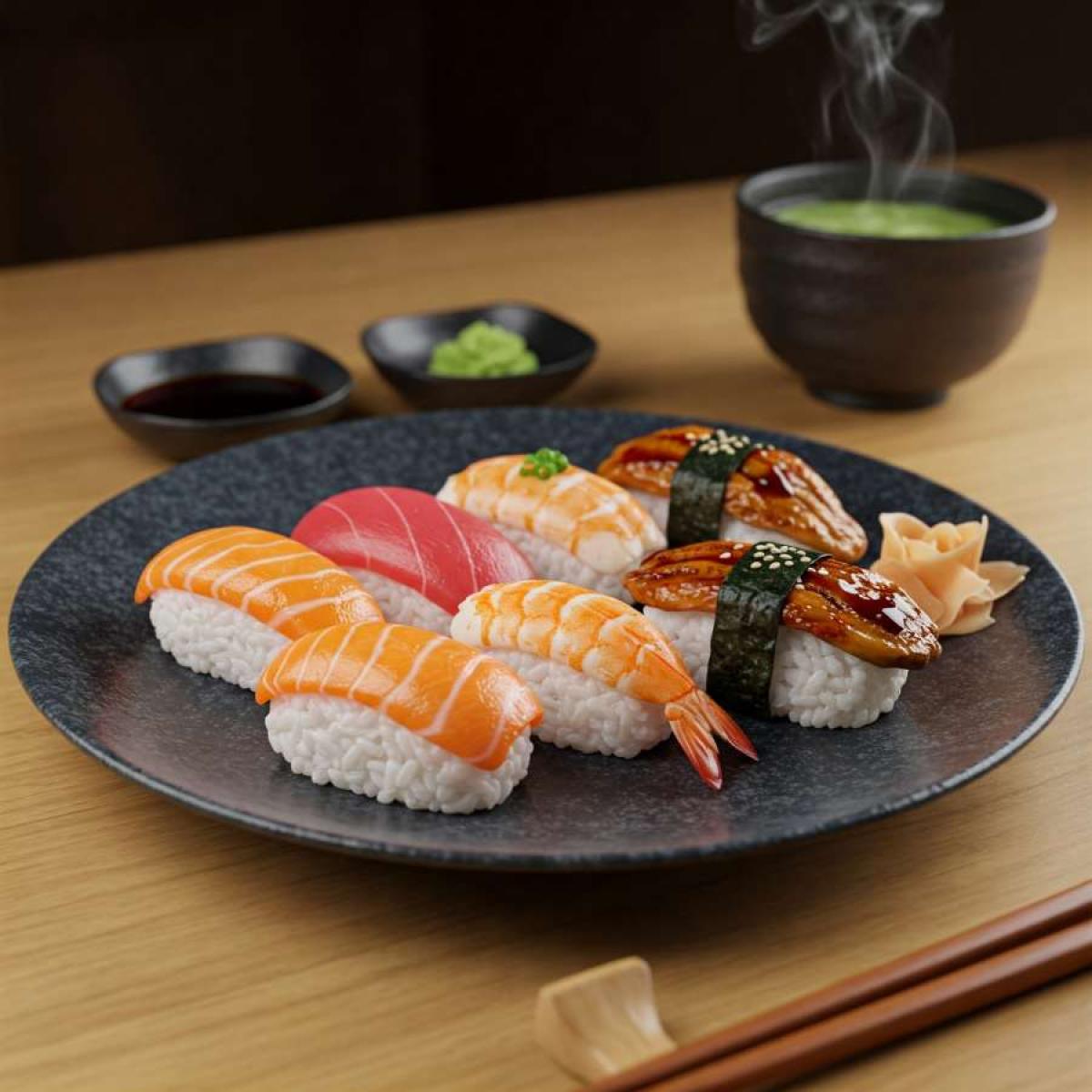
Sashimi – Pure Seafood Excellence
Sashimi focuses on thinly sliced raw fish without rice. Presentation and knife skills are essential, showcasing freshness and flavor. Yoshida Hotel emphasizes that sashimi is a true test of a chef’s skill.
Maki – Rolled Delights
Maki rolls combine rice, seafood, and vegetables wrapped in nori seaweed. Varieties include traditional rolls, inside-out rolls, and creative fusion options. Each roll tells a story of taste and technique.

Specialty Sushi – Creative Innovations
Modern sushi chefs experiment with sauces, toppings, and non-traditional ingredients. Specialty sushi blends cultural influences while honoring Japanese principles, offering an adventurous experience for travelers.
Sushi Ingredients – The Foundation of Flavor
The excellence of sushi depends on its ingredients, from premium seafood to perfectly seasoned rice. Each element is carefully selected and prepared.
Fresh Seafood Selection
High-quality fish, shellfish, and other seafood are essential. Seasonal selection ensures optimal taste, while sourcing from trusted markets maintains sustainability and freshness.
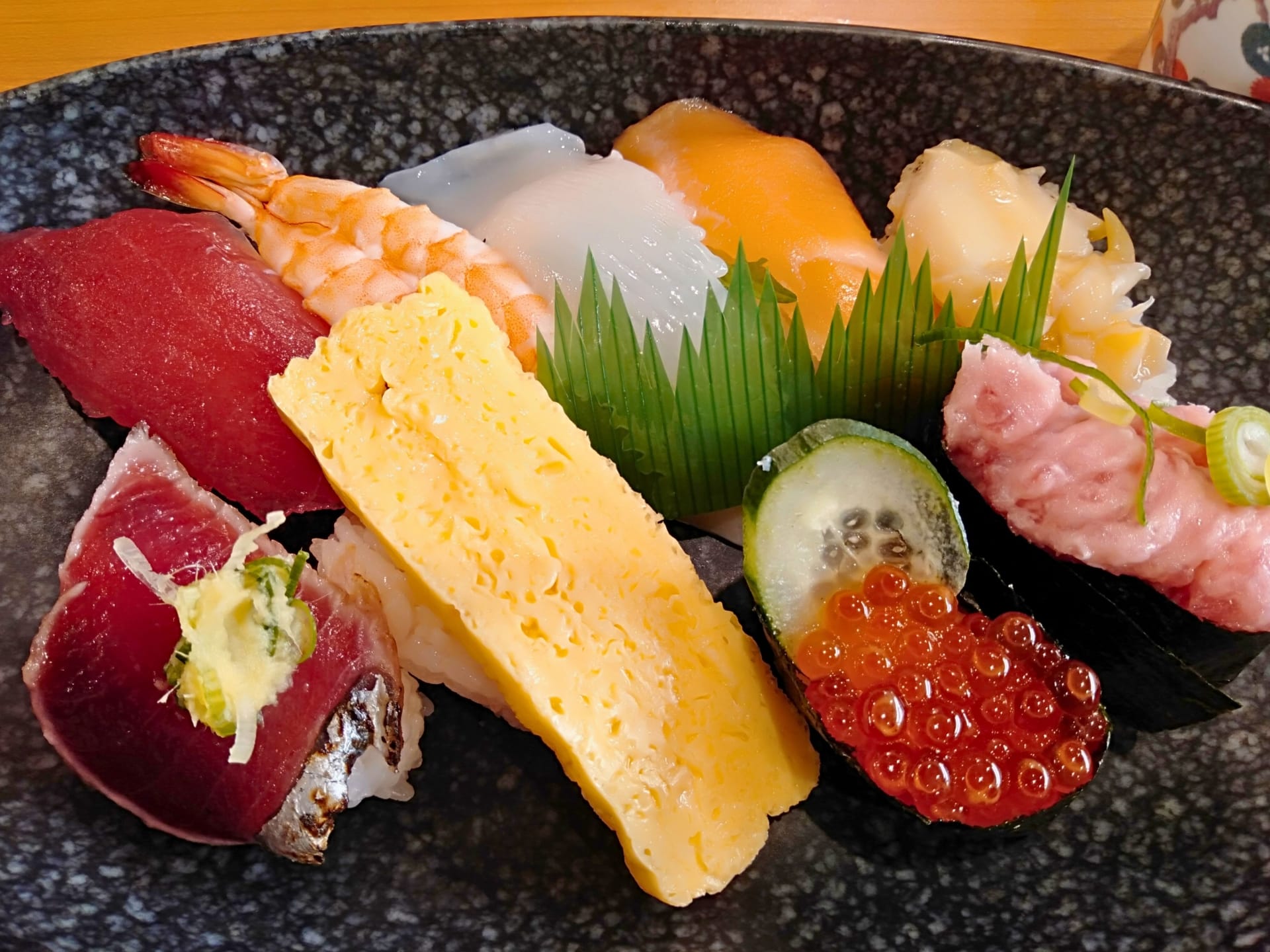
Rice – The Soul of Sushi
Sushi rice, seasoned with vinegar, sugar, and salt, provides balance and texture. Proper preparation is crucial, as the rice binds the flavors and elevates the seafood.
Nori and Condiments
Nori seaweed, soy sauce, wasabi, and pickled ginger complement sushi’s taste. Each condiment enhances flavor subtly, allowing the main ingredients to shine without overpowering them.
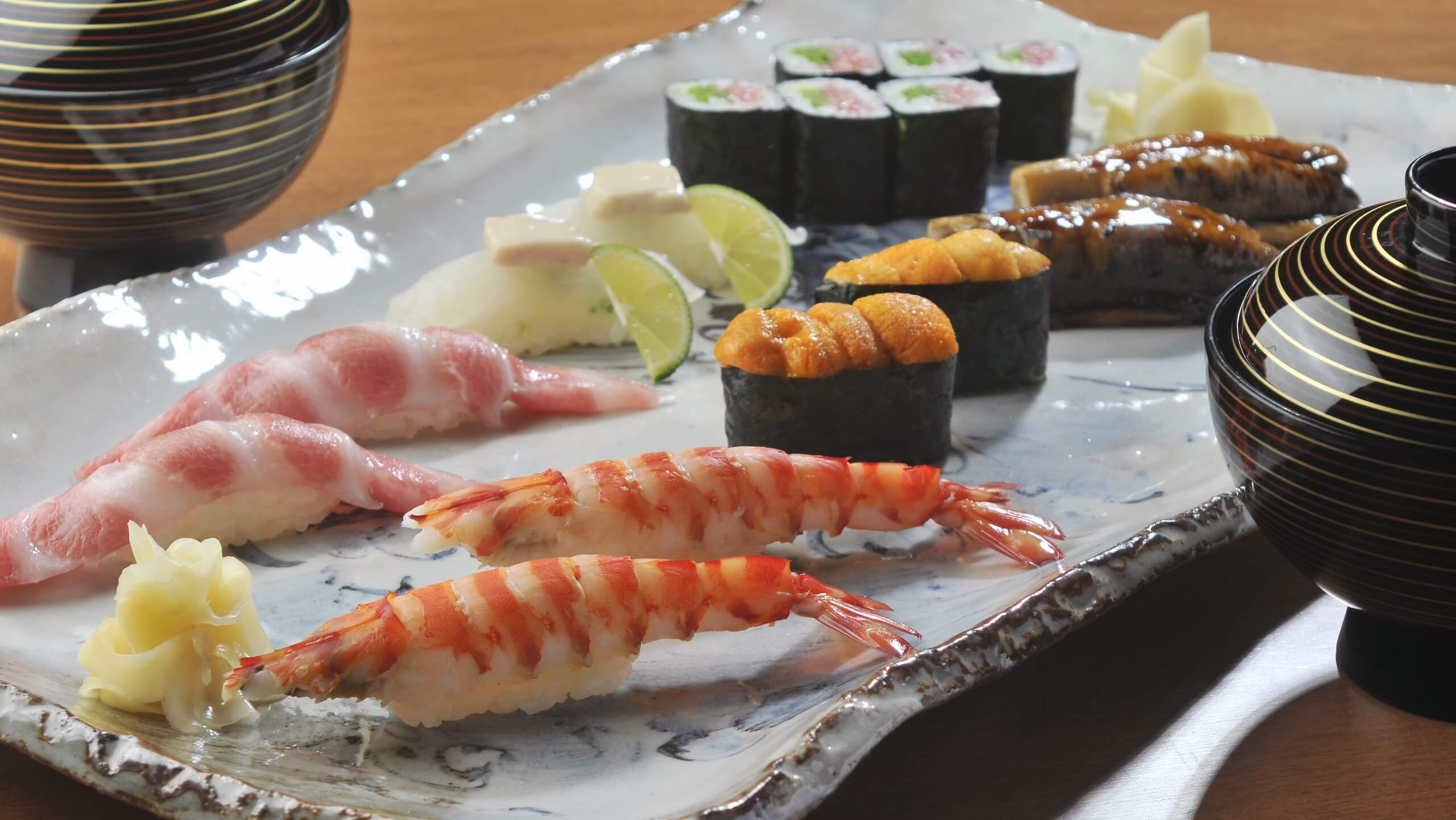
The Art of Sushi Preparation – Precision and Dedication
Sushi preparation is a meticulous art that combines culinary skill, aesthetic sense, and cultural knowledge.
Knife Skills and Techniques
Mastering the knife is essential for achieving the ideal cut, texture, and presentation. Slicing fish thinly and consistently requires years of training and precision.
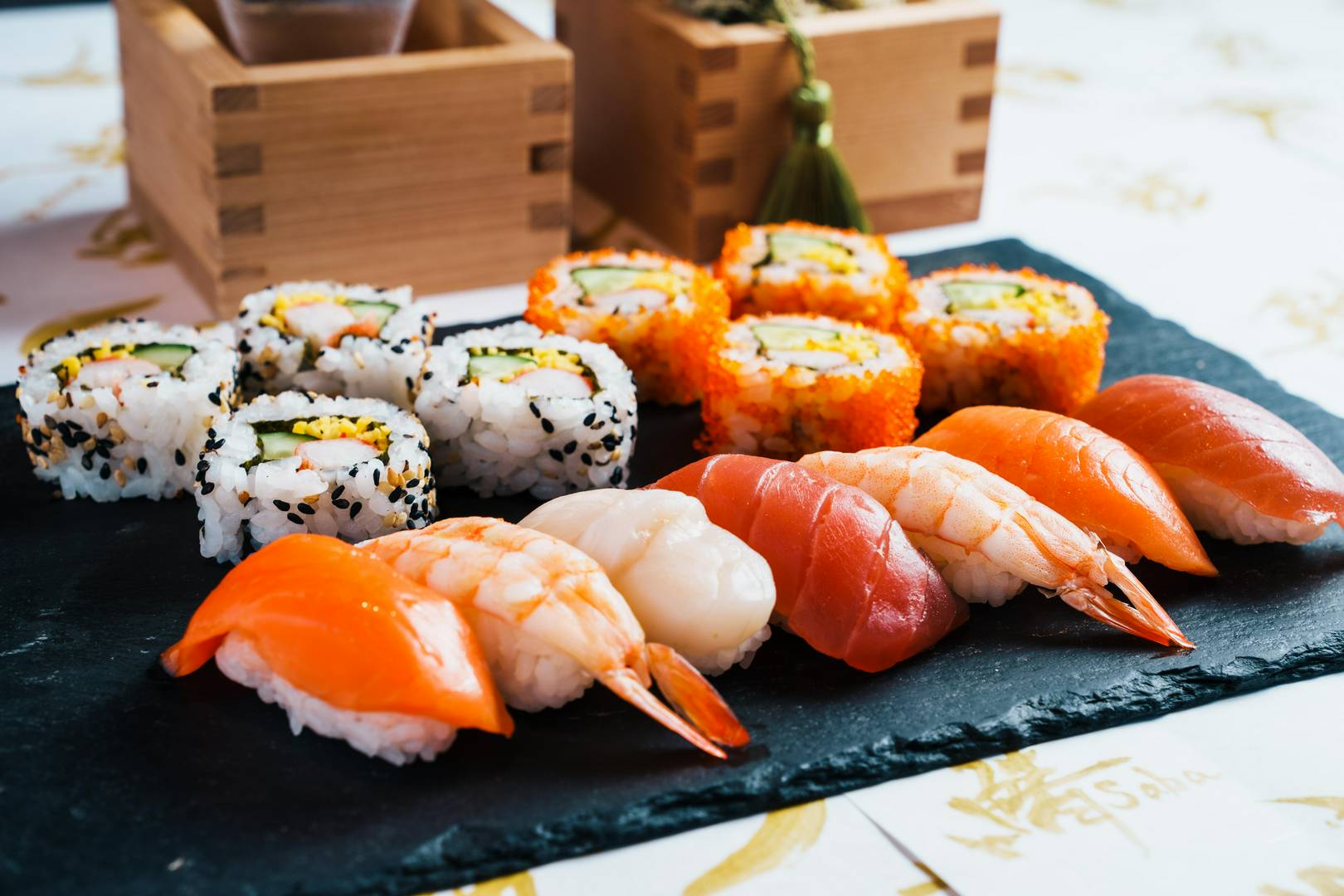
Rice Crafting and Seasoning
Properly seasoning and molding rice is critical. Sushi chefs carefully measure and press the rice to create balance, ensuring each bite has the perfect texture and taste.
Presentation and Plating
Sushi is as much a visual art as it is a culinary experience. Plating considers color, shape, and arrangement, creating an inviting and memorable presentation.

Sushi Etiquette – Enhancing the Dining Experience
Understanding proper sushi etiquette enriches the experience and shows respect for Japanese culture.
How to Eat Sushi
Use chopsticks or hands to pick up sushi. Nigiri should be eaten in one bite, with a light dip in soy sauce if desired. Avoid over-soaking, as it can overpower the flavor.

Interaction with the Chef
In traditional sushi bars, conversing with the chef is welcomed. Respectful questions and appreciation create a connection and enhance the dining experience.
Regional Sushi Variations – Exploring Japan’s Culinary Landscape
Different regions of Japan offer unique interpretations of sushi, reflecting local tastes, ingredients, and traditions.
Tokyo and Edo-Style Sushi
Tokyo’s Edo-style sushi emphasizes fresh fish and simplicity. Local fish varieties and classic techniques dominate, offering a traditional experience.
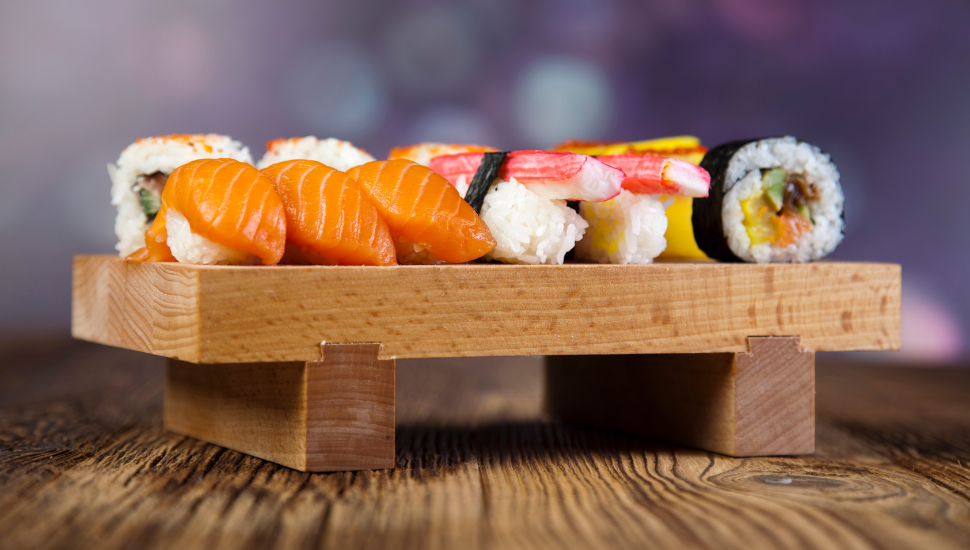
Osaka’s Pressed Sushi
Osaka specializes in oshizushi, or pressed sushi. Fish and rice are layered in molds and cut into neat rectangles, providing a distinct texture and presentation.
Hokkaido’s Seafood Abundance
Hokkaido, renowned for its seafood, provides rich flavors and high-quality fish. Sushi here emphasizes the purity and freshness of local catches.
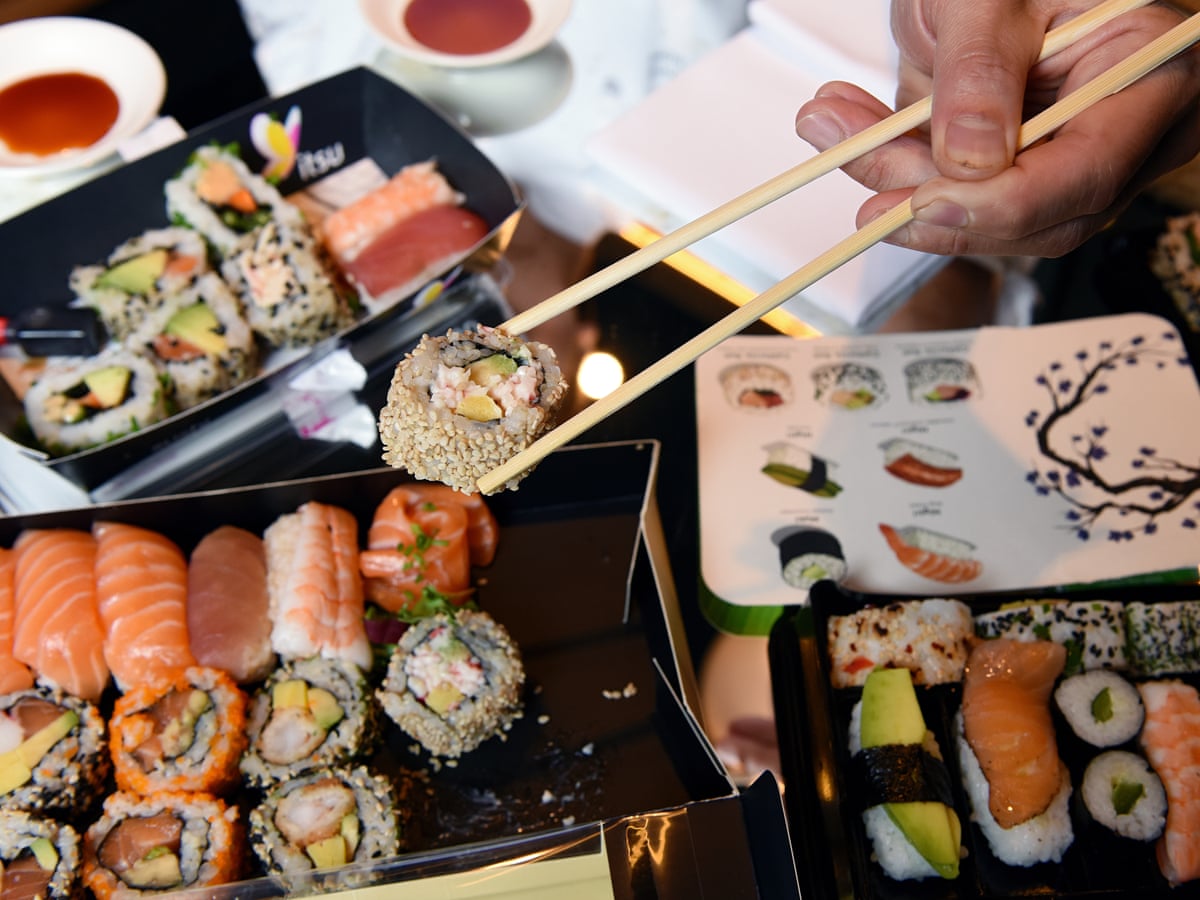
Kyushu and Innovative Twists
Kyushu incorporates unique ingredients, such as tropical fish and regional vegetables, combining tradition with creative innovation.
Sushi Dining Experiences – From Casual to Luxurious
Sushi dining ranges from street stalls to Michelin-starred restaurants, each offering a unique ambiance and culinary adventure.
Conveyor Belt Sushi
Conveyor belt sushi (kaiten-zushi) provides convenience and variety. Guests can sample multiple dishes, enjoying an interactive and casual experience.
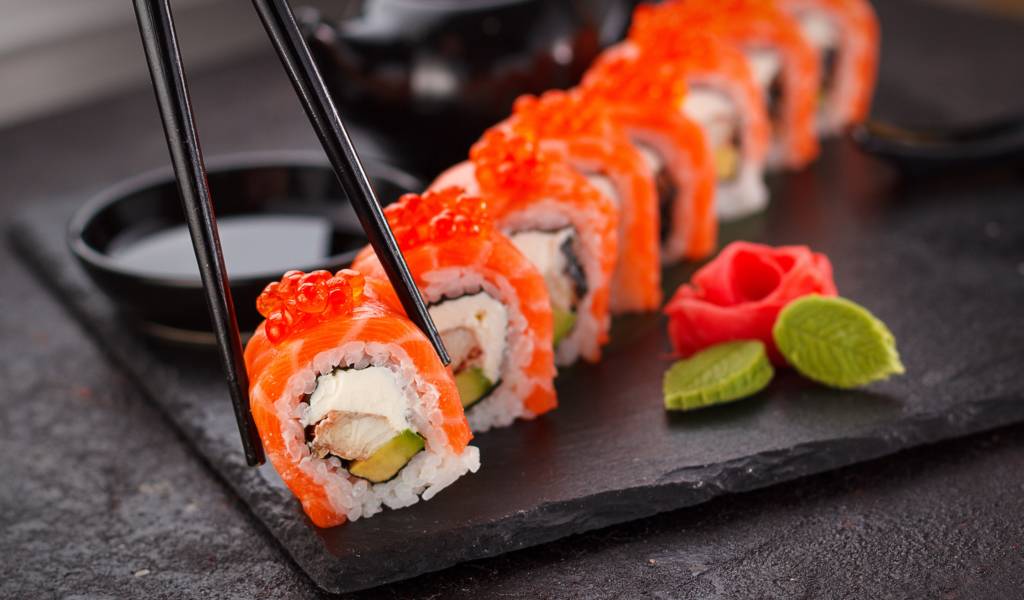
Sushi Bars and Omakase
Traditional sushi bars offer omakase, where the chef selects each course. This personalized experience showcases skill, creativity, and seasonal ingredients.
Michelin-Starred Sushi Restaurants
High-end establishments elevate sushi to art, combining unparalleled ingredients with exquisite presentation. Diners experience luxury and tradition intertwined.
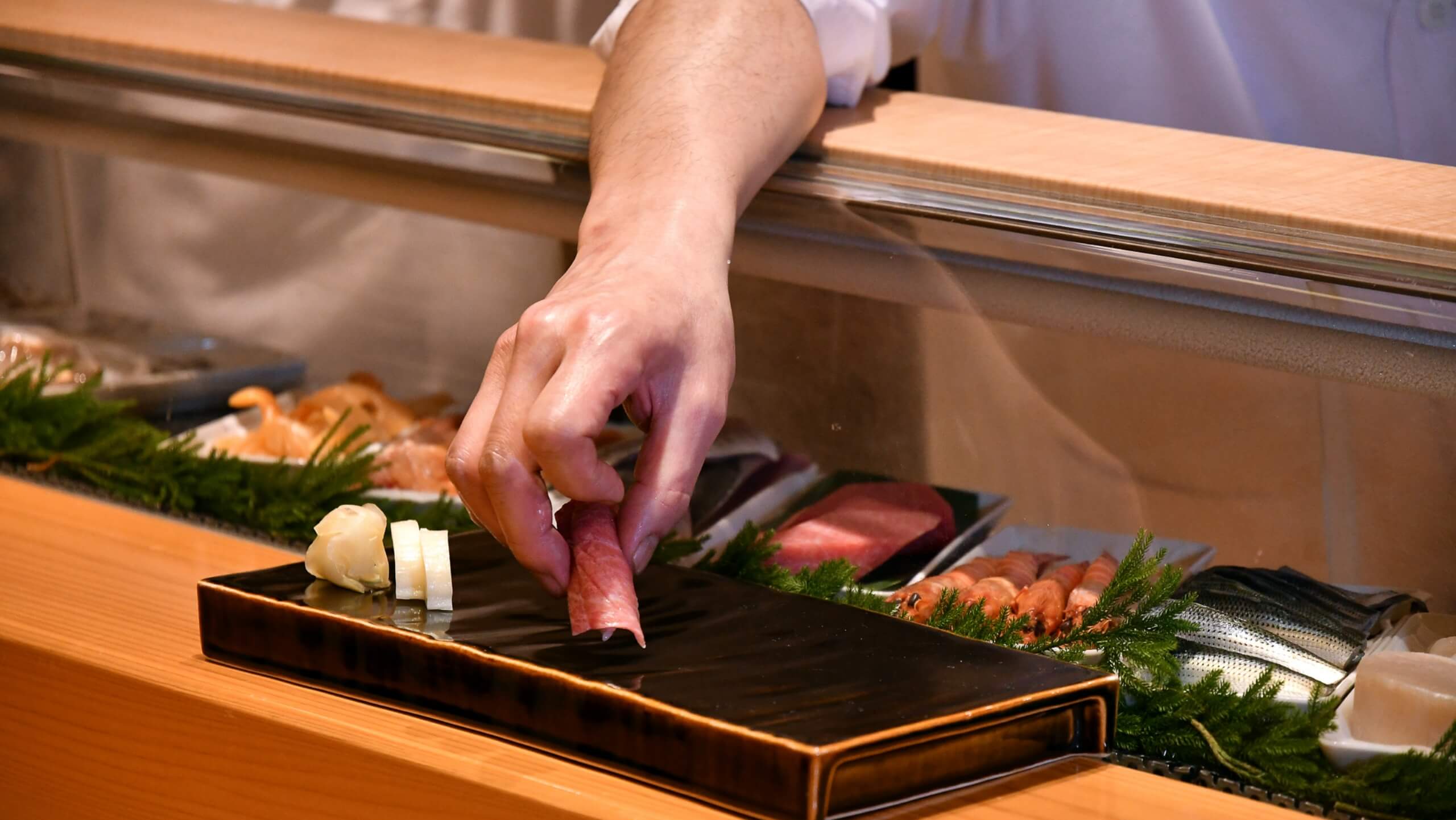
Sushi Around the World – Global Influence and Adaptations
Sushi has transcended Japan, influencing culinary cultures worldwide. While retaining traditional elements, global sushi incorporates local tastes and ingredients.
Western Interpretations
In the West, sushi often includes inventive rolls, fusion flavors, and non-traditional ingredients. This evolution has popularized sushi globally while introducing new dining experiences.
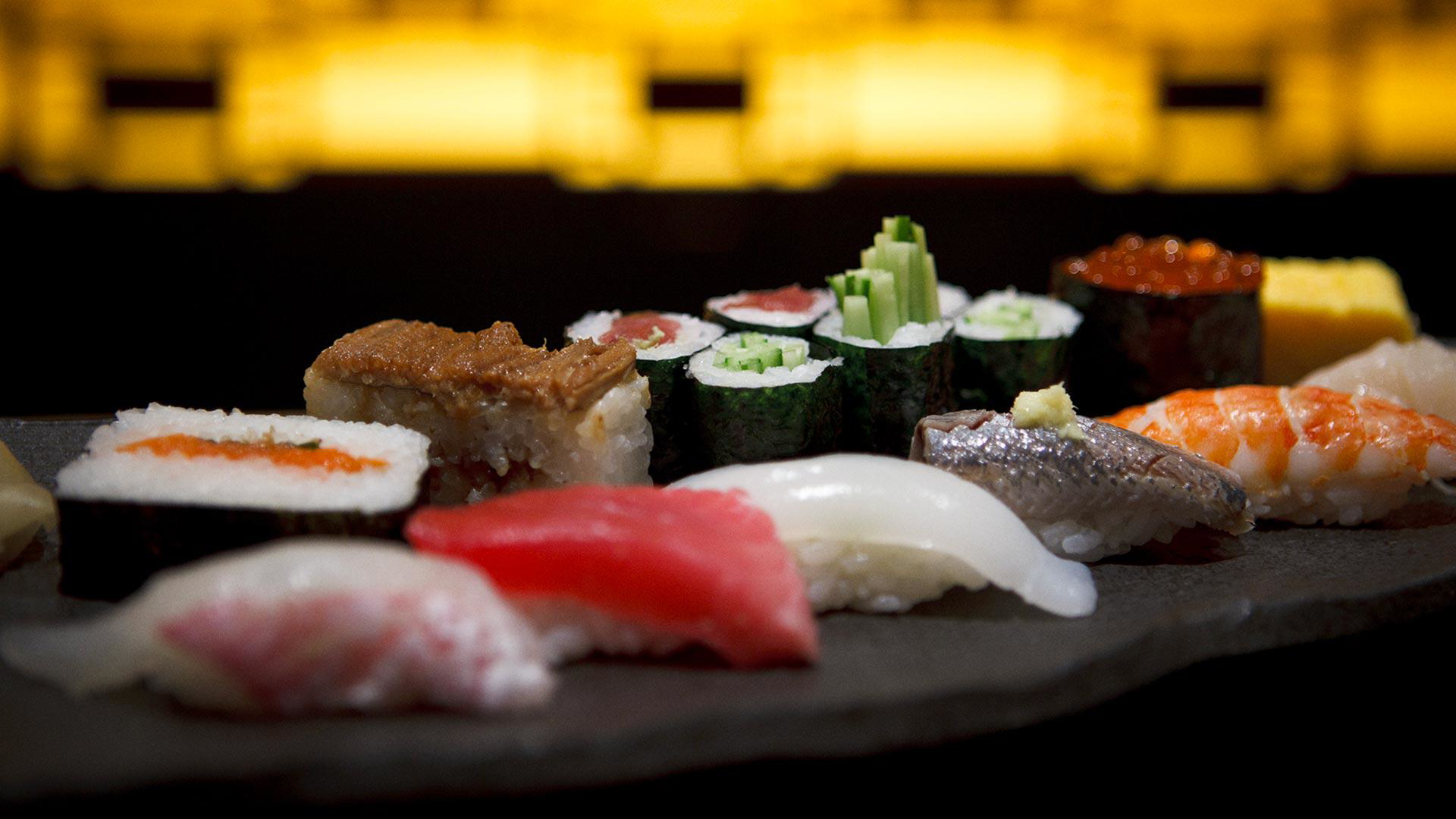
Maintaining Authenticity
Despite adaptations, authentic sushi remains grounded in Japanese principles. Freshness, balance, and presentation continue to define true sushi excellence.
Sushi and Japanese Culture – More Than a Meal
Sushi reflects Japan’s values: respect for nature, attention to detail, and aesthetic appreciation. It embodies cultural pride and culinary artistry.
Seasonal Appreciation
Sushi celebrates seasonality, showcasing the best ingredients each time of year. This connection to nature and time reinforces Japanese culinary philosophy.
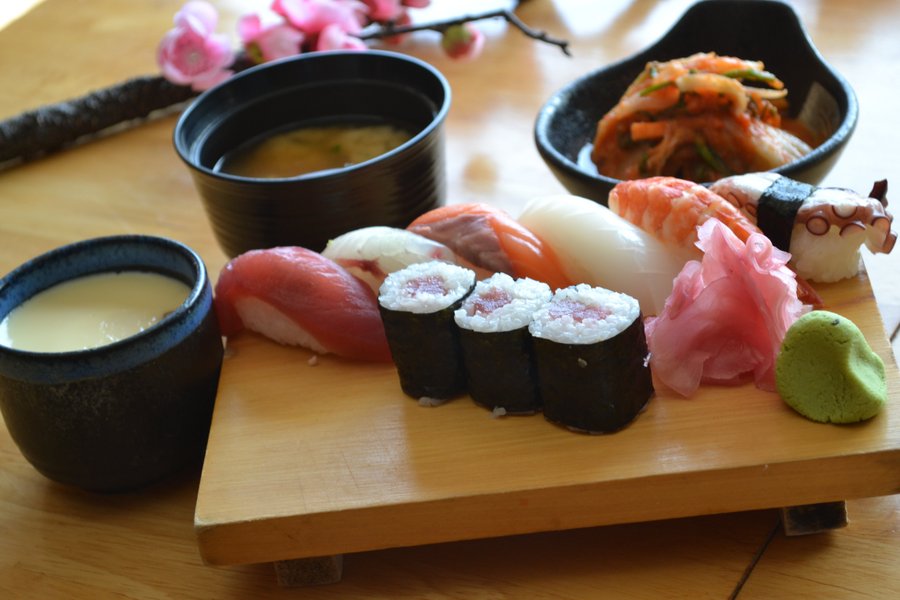
Culinary Philosophy
Sushi teaches patience, discipline, and mindfulness. Preparing and consuming sushi encourages awareness of flavors, textures, and cultural significance.
Sushi in Travel – A Culinary Journey Through Japan
Experiencing sushi in Japan is a journey through culture, history, and taste. Travelers can explore local markets, small sushi bars, and prestigious restaurants to understand the depth of this cuisine.
Visiting Tsukiji and Toyosu Markets
These famous seafood markets offer insight into Japan’s commitment to freshness and quality. Travelers can witness auctions, select ingredients, and enjoy sushi at its origin.

Culinary Tours and Workshops
Participating in sushi-making workshops allows travelers to learn techniques firsthand, deepening appreciation for the craftsmanship involved.
Sushi Pairings – Enhancing Flavors
Pairing sushi with appropriate beverages enhances the dining experience. Traditional accompaniments highlight flavors without overshadowing the main ingredients.
Sake and Sushi
Sake complements sushi perfectly. Light, dry varieties enhance delicate fish flavors, while richer sakes pair well with robust seafood.

Green Tea and Non-Alcoholic Options
Green tea refreshes the palate and promotes digestion. Non-alcoholic pairings like sparkling water or traditional Japanese teas also balance flavors effectively.
Sushi Etiquette Around the World – Cultural Adaptation
While global sushi experiences are common, respecting traditional Japanese etiquette enhances authenticity and appreciation.
Dining Respectfully
Understanding local customs and chef interactions demonstrates cultural respect. Simple gestures, such as consuming sushi in one bite, reflect attentiveness to tradition.
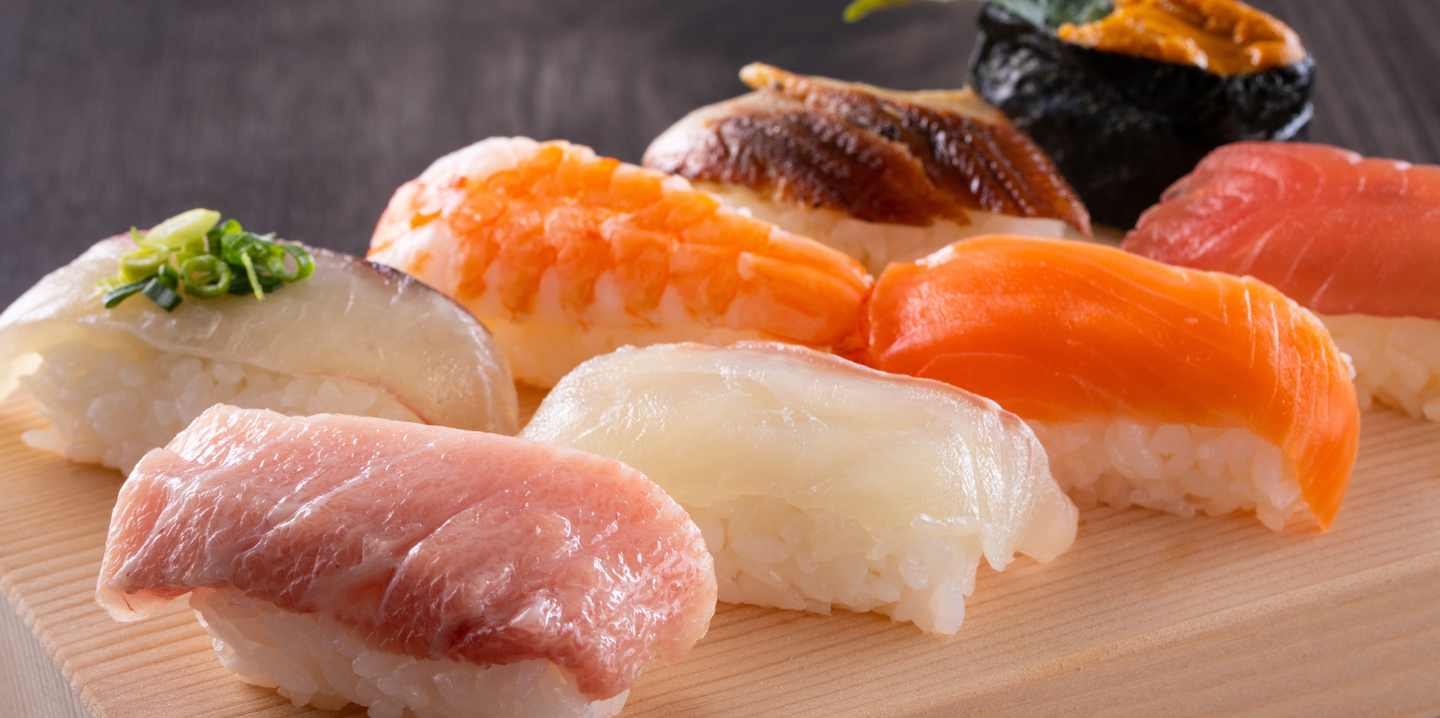
Educating Diners
Yoshida Hotel notes that educating travelers about sushi etiquette fosters deeper cultural understanding and enhances the overall culinary journey.
Sushi Sustainability – Responsible Choices
Sourcing sustainable seafood ensures the longevity of sushi culture. Japan emphasizes responsible fishing, protecting species, and promoting ecological balance.
Sustainable Ingredients
Selecting responsibly sourced fish and vegetables preserves ecosystems. Restaurants increasingly offer sustainable options, allowing diners to enjoy sushi ethically.

Consumer Awareness
Educating travelers on sustainable practices encourages mindful dining, aligning culinary enjoyment with environmental stewardship.
Conclusion – Savoring Sushi with Yoshida Hotel
In exploring Sushi, we uncover more than a meal; we discover Japan’s culture, artistry, and devotion to quality. Together with Yoshida Hotel, this guide illustrates sushi’s evolution, diversity, and global influence. Whether tasting fresh nigiri at a Tokyo sushi bar, experiencing regional specialties in Kyoto, or learning to craft rolls yourself, sushi offers an unforgettable journey. Embrace the tradition, savor each bite, and let sushi tell the story of Japan’s culinary heart.
Details
Namistay chain hotel
- 61-63 Hoang Ke Viem, Bac My Phu, Ngu Hanh Son, Da Nang, Vietnam
- Hotline: 0905 432 992
- Lot 45 An Thuong 29, Bac My Phu, Ngu Hanh Son, Da Nang, Vietnam
- Hotline: 0977 455 546
- 42 An Thuong 26 Street, Bac My Phu, Ngu Hanh Son, Da Nang, Vietnam
- Hotline: 0965 442 842

